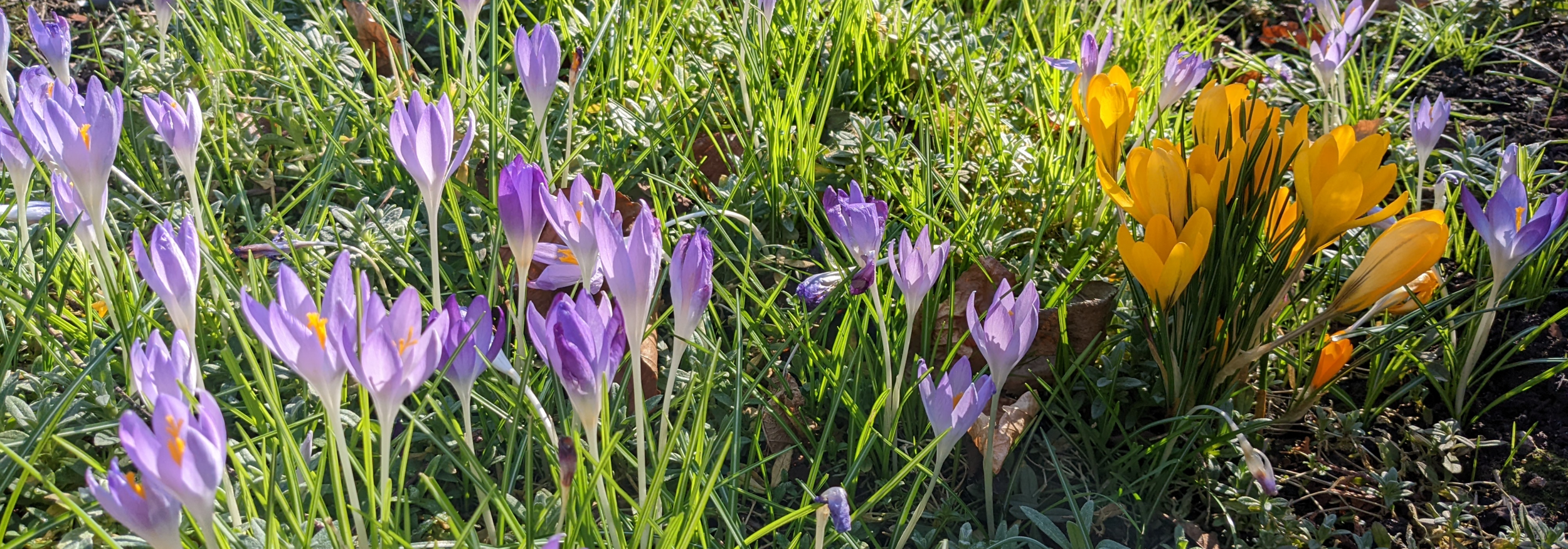Pasque flower
/Pasque flower, Mary E Eaton, 1917, National Geographic Magazine
If asked to name my favourite flower, a serious contender would have to be our native pasque flower. An herbaceous perennial, it blooms regardless of whatever the weather throws at it, the finely dissected, feathery foliage gradually unfurling during March and then the bell-shaped and yellow centred purple, pink or white flowers, covered in soft down, opening around the end of the month or in early April. These are followed by silvery twisted seed heads which persist on the plant for months. According to legend, the plants sprang up where the blood of Vikings and Romans was spilt. Indeed, they are often found on barrows, but there is probably a more prosaic reason for this, they thrive on undisturbed chalk grassland.
This beautiful plant has the rather unprepossessing botanical name of Pulsatilla vulgaris but has many more attractive common names such as windflower and meadow anemone (it has a superficial similarity to plants in the anemone family and was previously called Anemone pulsatilla) as well as some rather unusual monikers including shame faced maiden and thunderbolt. There is some dispute about the origins of the name pasque. It seems that it was originally passe, which comes from either Middle French (‘a flower that surpasses all others’) or from the word Pasch (an archaic word meaning Easter or Passover). Rembert Dodoens, in his 1578 book A Niewe Herball or Historie of Plantes (translated by Henry Lyte), described it thus: ‘passeflower or the first anemone, hath flowers like coriander’. Twenty years later, John Gerard, in his 1597 Herball, wrote that he had changed the first part of the name to pasque, to represent the fact that it blooms around Easter (Pâques in French) and Passover: 'They floure for the most part about Easter, which hath mooved mee to name it Pasque floure’. Another link to Easter is that the flowers were traditionally used to dye hardboiled eggs.
The naturalist John Ray discovered native populations on the Gog Magog hills in Cambridgeshire in 1660. Today, it is classed as vulnerable here in the UK where its natural range is under threat and it is found on just a few sites. It thrives on chalk and limestone grasslands where the grass is grazed and so competition for sun and nutrients are reduced, but these areas are disappearing due to lack of grazing animals and resulting shrub encroachment. Our neighbour, Hertfordshire, boasts one of the largest colonies, with many thousands of plants, but we can easily rival that by planting them in our gardens here in Essex.
Now to the gardening bit. As a rule of thumb, before planting, it is always good to look at the conditions that a plant would choose for itself. Pasque flowers like to be left alone (they can be divided in early autumn if necessary, but the roots go down deep into the soil and so are easily damaged), planted in full sun and into a dry/well drained soil. They will not last long sitting in damp soil or in shade. Gravel or scree gardens and rockeries are perfect, or in a border with no competition from taller or more vigorous plants; the edge of a border is great if you don’t have them, and you might be rewarded with seedlings there too. Pasque flowers can be hard to establish, but from my experience, the purple variety is the toughest and easiest to grow. Do note that young plants disappear completely in the winter so quite a feat of memory is required by the gardener to ensure that they are not dug up or damaged before they reappear. Buy them as mature plants or grow from seed - the best time to sow them is early spring, so remember to buy some for next year


